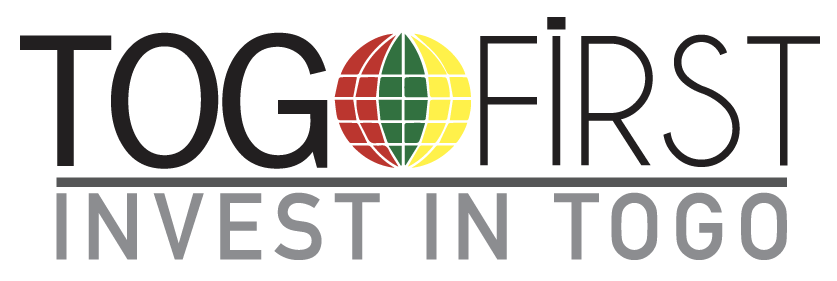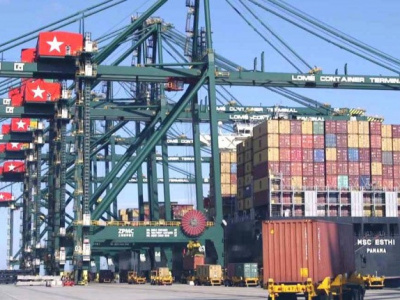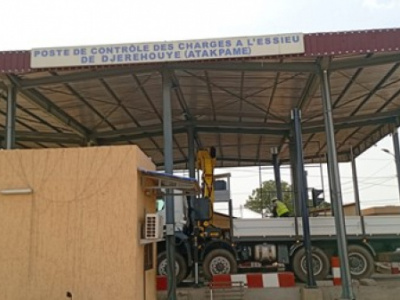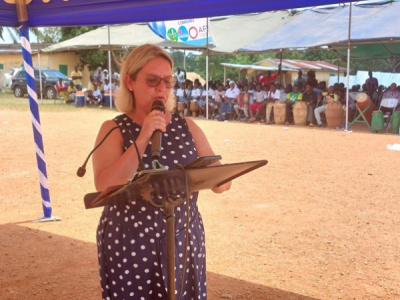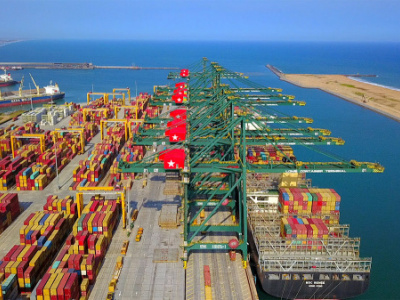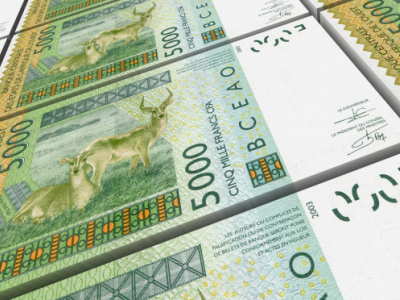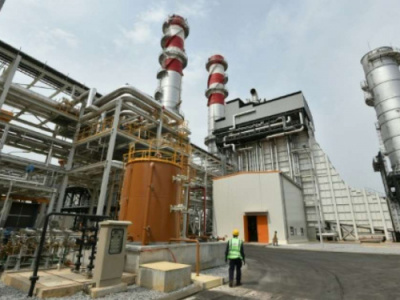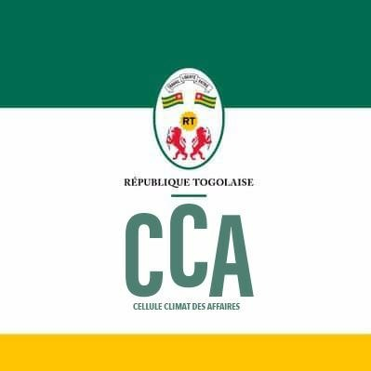A five-point review of Togo’s banking sector in 2017
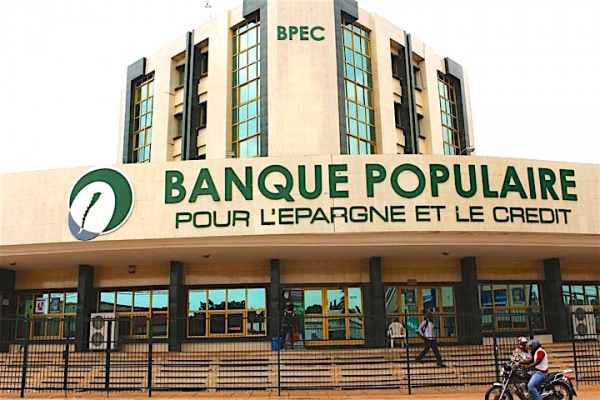
(Togo First) - The Central Bank of West African States just released its annual report on banking conditions across the WAEMU in 2017. The document provides a detailed review of the union’s banking sector, with specifics regarding loans granted over the last year, as well as customers’ deposits and interest rates in place.
In five points, here is a summary of the apex bank’s report for Togo.
No new institution in 2017
Though three new banks joined the union’s market, in Côte d’Ivoire, Burkina Faso and Senegal, the BCEAO’s report indicates that in Togo, the banking sector recorded no new arrivals with 15 lending institutions, 13 banks and 2 financial institutions, operating in the country, just like in 2016. In 2017, indicators of the banking sector were overall satisfying, despite some corrective measures imposed on some institutions, including two State-owned banks. Also, though some banks show concerning signs, the central bank says measures were taken to improve affected ratios, such as social capital threshold. The latter is now set at CFA10 billion for banks and CFA3 billion for financial institutions.
Lower volumes of loans granted
Following consecutive surges, knowingly a 13.5% increase to CFA664.4 billion, in 2016, loans provided by Togolese banks slumped by about 4.2% falling at CFA632.2 billion. Out of this amount, private firms captured the most. However, on a year-to-year basis, the figure slumped by 10.4%; a decrease spurred by lower loans dedicated to equipment purchase which fell 61.9% to CFA39 billion. Moreover, housing loans also decreased by 42%. Same goes for loans given to support exports. Meanwhile, consumption loans increased but very slightly.
Loans granted to cooperatives, village associations, individual companies, insurance companies and pension funds also decreased. This is alarming, considering that in Togo, close to 70% of the people live off agriculture.
Overall, the slump is attributed to the socio-political crisis recorded in the second half of 2017. Indeed, due to the political uncertainty resulting from the crisis, some banks preferred pushing the risk on treasury loans. They indeed disbursed more than CFA327 billion (+19%) for companies treasury.
Higher interest rates for vulnerable groups
While average debit interest rates applied in WAEMU states remained stable in 2017 (about 6.93% in Togo), the lowering trend started since 2012 is maintained. Last year, rates were the lowest in the past decade. It improved 21 base points to 8.1%. According to the central bank, this is due to high rates imposed by intermediates. In detail, rates applied for cooperatives, village associations and insurance-pension funds were the highest, 9.15% and 9.74% respectively.
Long-term loans are safer
In 2017, long-term loans were the safest for banks. In effect, rates for 10-year loans were the lowest, while very short term loans (less than a month) had the highest interest rates.
Deposits plunged drastically
In 2016, customers deposited a total CFA1,742.2 billion. Last year, banks collected 28% less, knowingly CFA1,254.4 billion.
From private companies operating in the production chain, banks collected CFA313 billion, thus 25% more than the year before.
Fiacre E. Kakpo
